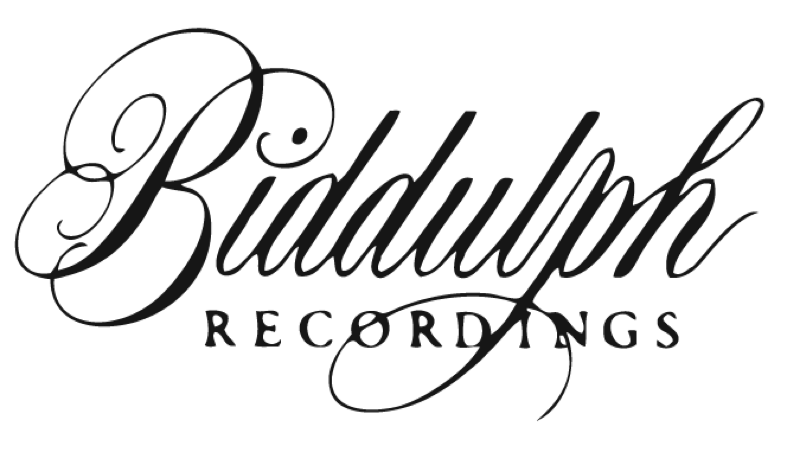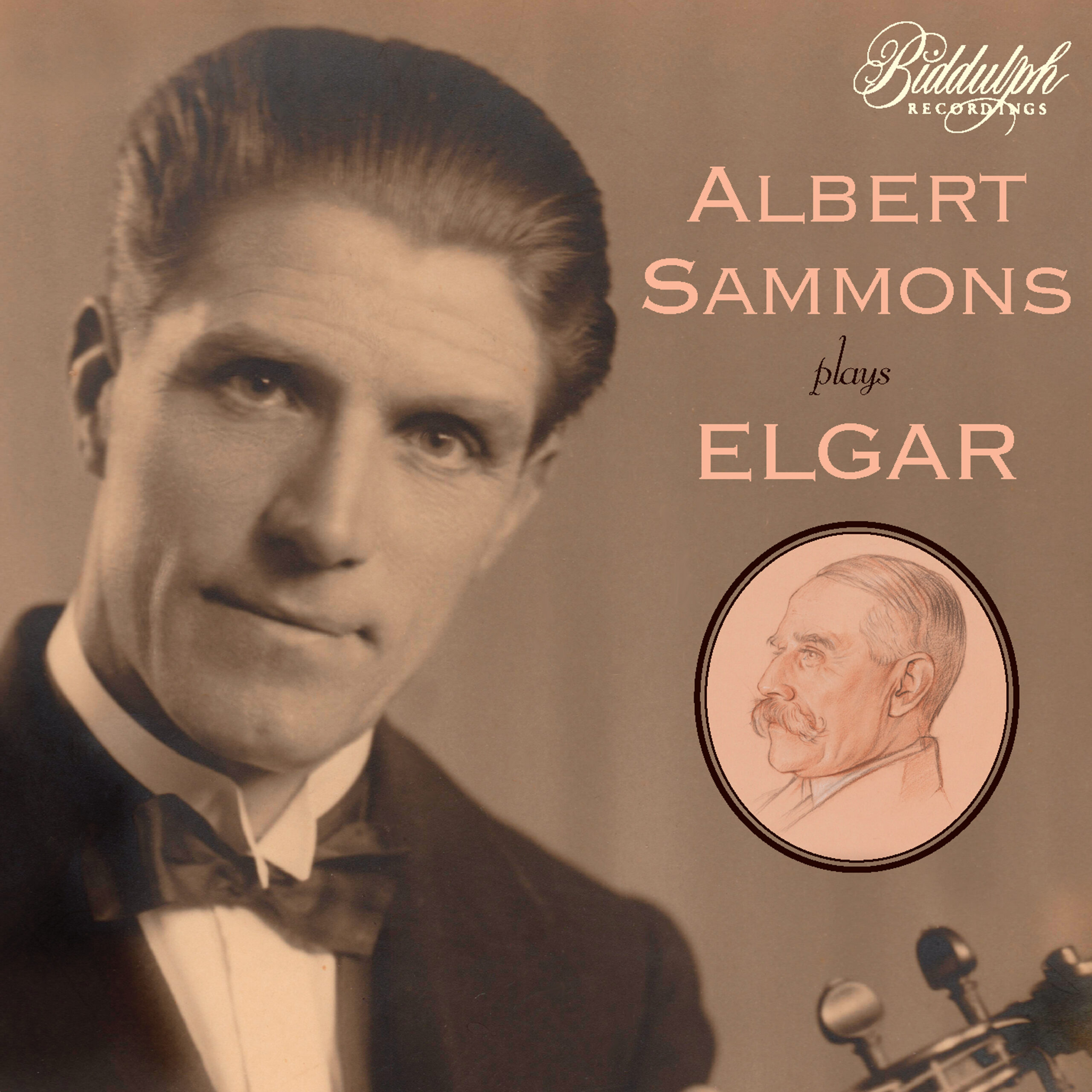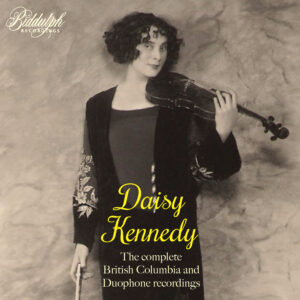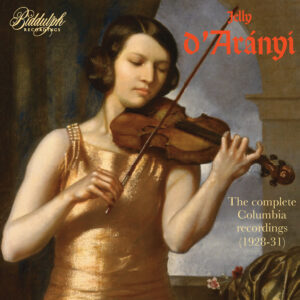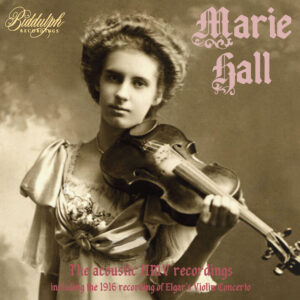Albert Sammons plays Elgar
Released 6 December 2024
BDF-ED-85054-2
“Impetuosity and passion”
-Classical Explorer
Read Full Review
“[Biddulph’s transfer] does justice to Sammons’ tonal qualities”
“If you’re considering Sammons’ Elgar this is now clearly the place to come”
-Music Web International
Read Full Review
Edward Elgar (1857-1934) began his career as a professional violinist and became a composer quite by accident. In fact, his reputation as a composer only came in his mid 30’s. He had planned to write a violin concerto as early as 1890, but it took nearly two decades before he finally completed one. Finally in 1910 he wrote his sole Violin Concerto fulfilling a request by Fritz Kreisler who once declared that he regarded Elgar to be ‘the greatest living composer… on an equal footing with my idols, Beethoven and Brahms’.
After the Elgar Concerto’s premiere by Kreisler in 1910, Sammons took up the work and performed it in 1914. This propelled him to national eminence, and he played it repeatedly throughout the remainder of his career until his final concerto performances in 1946. He played it frequently with Elgar himself conducting, and in 1921 as an expression of gratitude for championing the work the composer presented the violinist with his own James Tubbs bow.
As it turned out, Sammons made the first recording of the work in April 1916. This was a truncated version lasting only 15 minutes, but thirteen years later in 1929 Sammons re-recorded the Concerto in its complete form accompanied by the New Queen’s Hall Orchestra conducted by Sir Henry Wood. In addition to the two versions of Elgar’s Concerto, this CD includes Sammons’s recording of the composer’s sole Violin Sonata in E minor composed in 1918. Although rarely performed today, Elgar’s Violin Sonata was ardently championed by the violinist.
Violin Concerto in B minor, op.61 (complete)
recorded 18 March 1929; first issued on Columbia L 2346/50 (matrices WAX 4785/94)
1 I Allegro
2 II Andante
3 III Allegro molto
with the New Queen’s Hall Orchestra conducted by Sir Henry Wood
Violin Sonata in E minor, op.82
recorded 2 February 1935; first issued on Columbia 68392/94 (matrices CAX 7421/26)
4 I Allegro
5 II Romance: Andante
6 III Allegro non troppo
with William Murdoch (piano)
Violin Concerto in B minor, op.61 (truncated)
recorded 14 March 1916; first issued on Columbia L 1071/72 (matrices 6780/83)
7 I Allegro
8 II Andante
9 III Cadenza –
10 Allegro molto
with orchestra conducted by Sir Henry Wood
